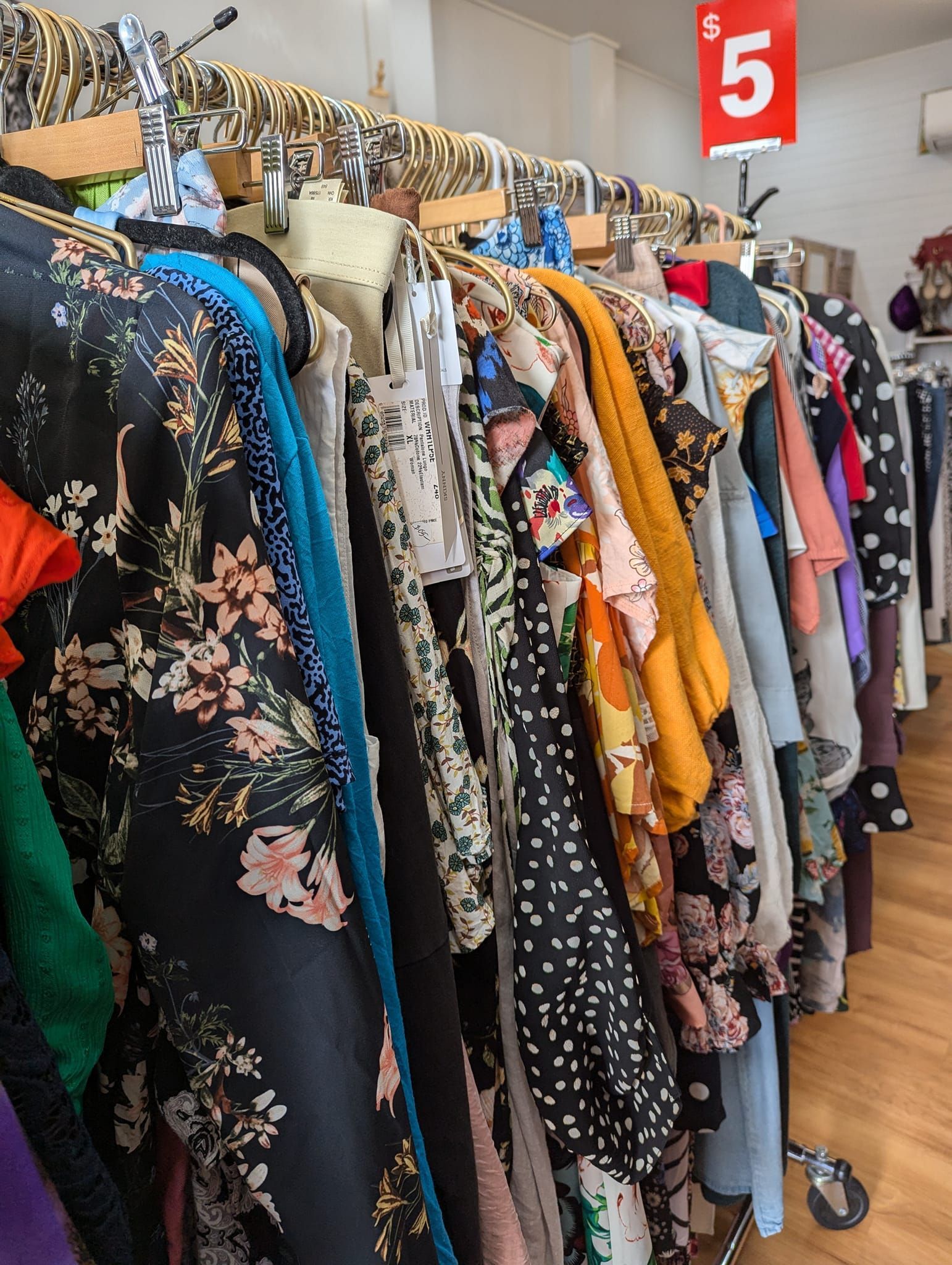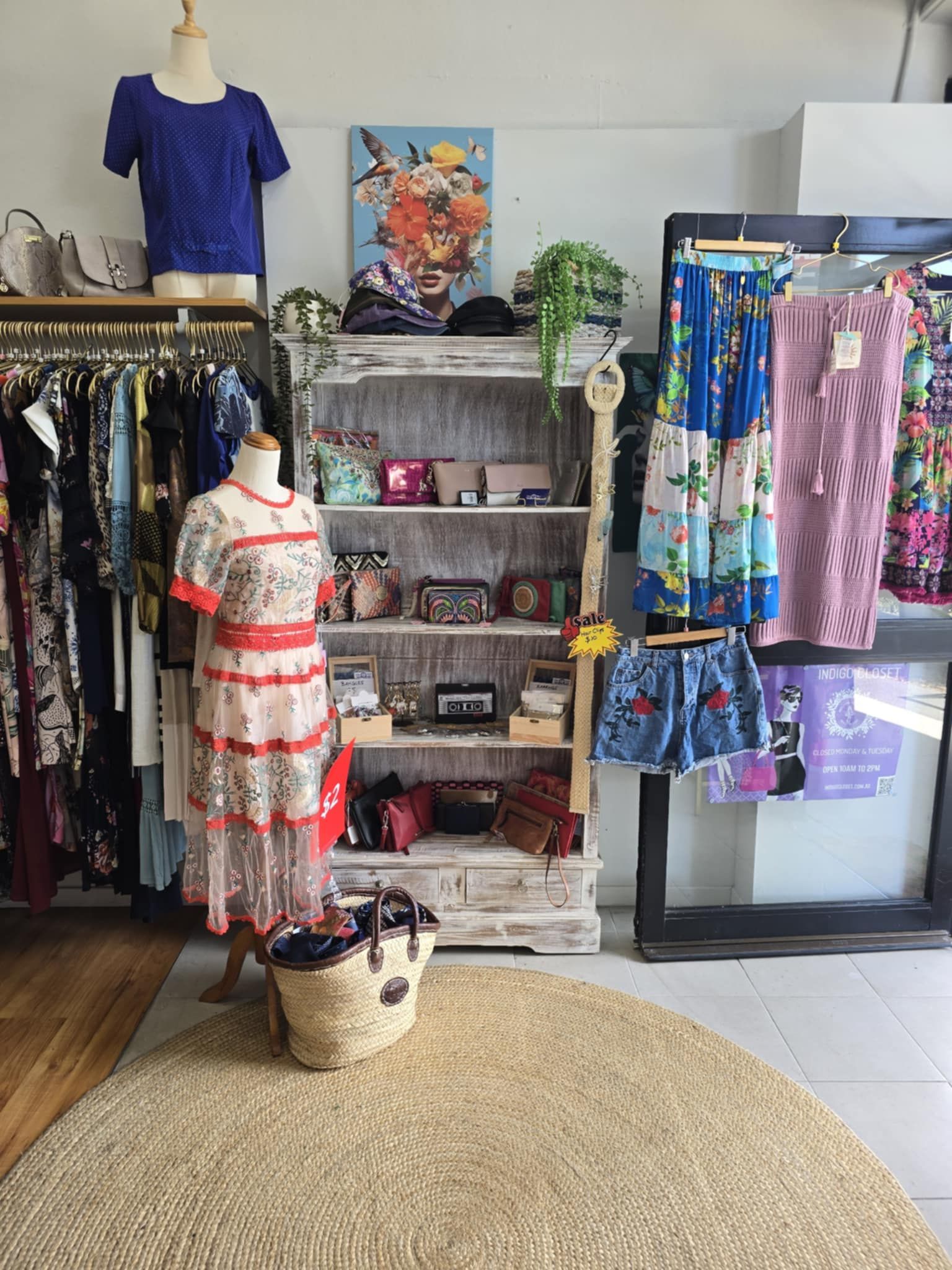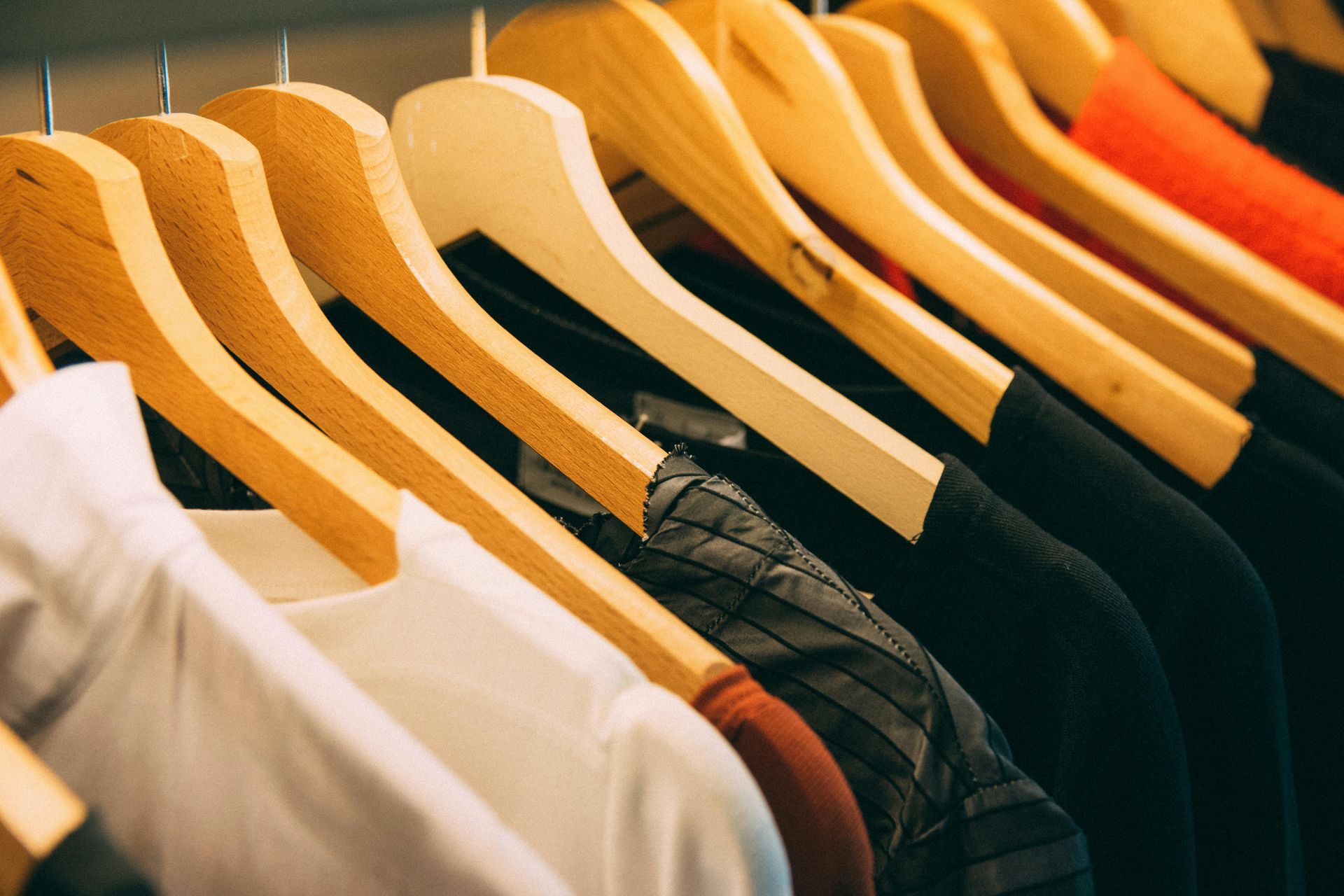Autumn Hours: Open 10am to 2pm Tuesday - Sunday

As the secondhand market is projected to grow by an impressive 127% by 2026, it's clear that the appeal of preloved fashion extends beyond a fleeting trend
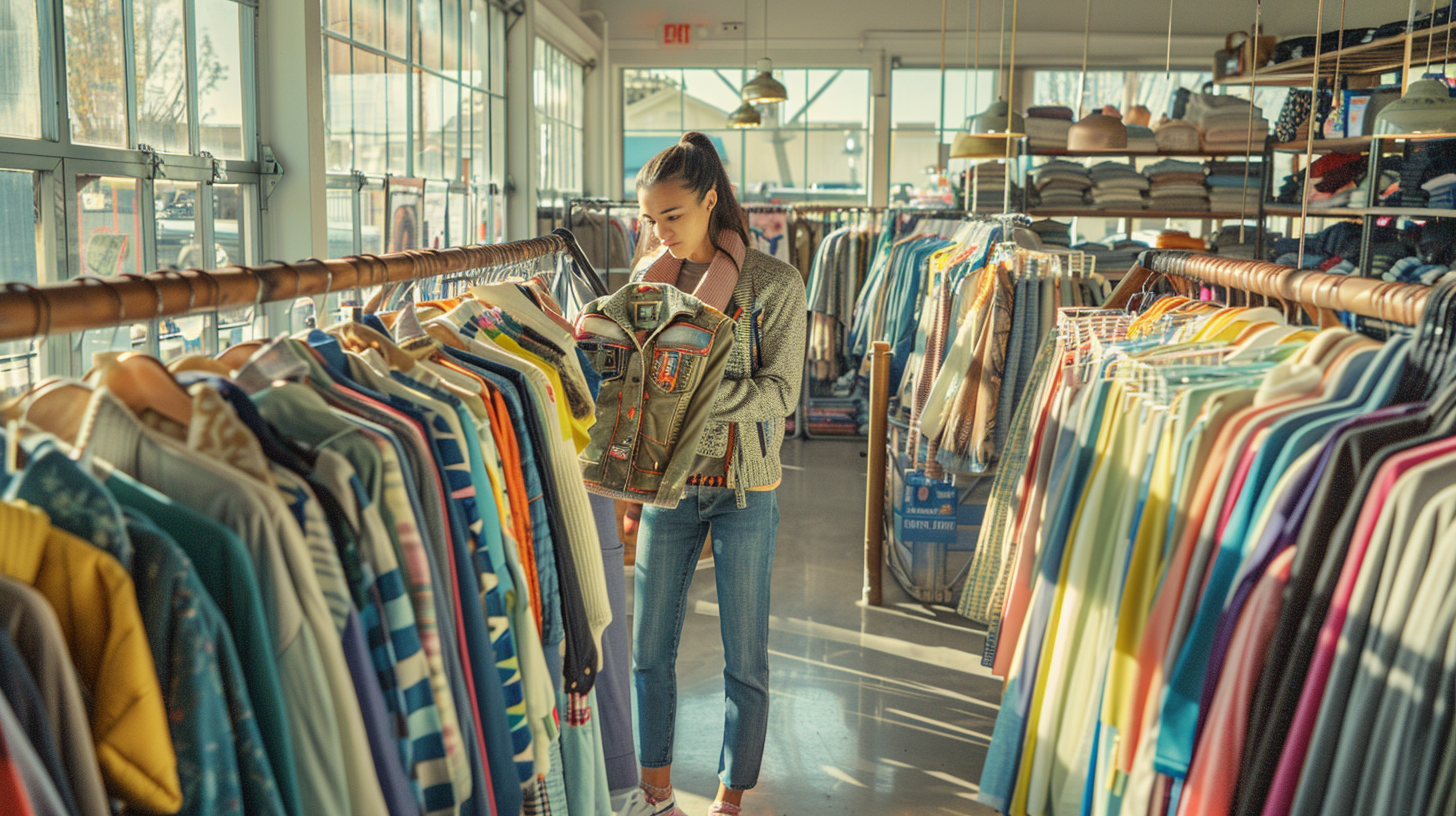
Have you ever wondered why more and more people are turning to thrift stores instead of heading straight to the mall? The allure of finding unique, quality fashion at a fraction of the cost is just the beginning. Thrifting supports sustainable living and offers a creative way to express personal style. As the secondhand market is projected to grow by an impressive 127% by 2026, it's clear that the appeal of preloved fashion extends beyond a fleeting trend. But what drives this shift towards more conscious consumer choices, and how is it impacting our shopping habits and the environment?
The cultural shift towards sustainable fashion choices is reshaping the retail environment. Consumers are increasingly aware of the environmental impact of their purchases and are embracing alternatives that contribute positively to the planet. This section explores how the rise of thrifting aligns with broader consumer behavior trends and what it means for the future of fashion. As we peel back the layers of this evolving market, one might ask, how deep does the impact of choosing preloved go, and what are the unseen benefits that await the savvy thrifter?
Exploring the Rapid Growth of the Secondhand Market
The secondhand market is experiencing a significant boom, with a projected growth of 127% by 2026, far outpacing the overall global apparel market. This trend reflects a shift in consumer behavior towards more sustainable and ethical fashion choices. As traditional retail sees modest growth, the explosive rise in the secondhand market is driven by consumer preferences for eco-friendly and budget-friendly alternatives. This shift is evident in the recent surge in global sales of pre-owned clothes, which increased by 18% last year, reaching $197 billion.
The multifaceted reasons behind this shift include increased awareness of the environmental impacts of fast fashion, such as waste and excessive resource use. The secondhand market offers a guilt-free shopping option that not only reduces waste but also extends the lifecycle of garments. Additionally, the economic benefits of thrifting appeal to a wide audience, particularly during times of financial uncertainty. The forecast that the market could reach $350 billion by 2028 highlights the robustness and resilience of this sector.
Strategic Shopping: Maximizing Your Thrift Store Finds
Thrifting success depends significantly on when and where you shop. Market trends suggest that the best times for thrifting are at the change of seasons, particularly during spring and fall, when many are decluttering their closets. Geographically, urban areas typically offer a richer selection of secondhand goods due to higher turnover rates and a diverse population. However, suburban and rural thrift stores can also be goldmines for unique finds at lower prices. Here are a few tips for effective thrifting:
- Visit during early weekdays: These times are less crowded and stores are often freshly stocked.
- Look for discount days: Many stores offer special sale days.
- Exercise patience and thoroughness: The most rewarding finds often come to those who search diligently.
Quality Over Quantity: Evaluating Preloved Items
The quality of secondhand items is crucial. Not all preloved items are equal, and savvy shoppers need to know how to identify high-quality goods. Start by examining the condition of the item for any signs of wear such as pilling, holes, or stretched fabrics. Recognizable brands can also indicate quality, as they often use superior materials and construction techniques.
The type of material is also important—natural fibers like wool, cotton, and linen generally last longer than synthetic materials like polyester. Inspect the seams and stitching; they should be even, tight, and free of loose threads. Here’s a quick checklist for assessing preloved items:
- Material quality: Prefer natural fibers over synthetics.
- Construction quality: Examine seams, buttons, and zippers.
- Brand reputation: Well-known brands often equate to better durability.
Cultural Insights and Local Trends in Thrifting
Thrifting is a global phenomenon, yet its adoption varies by culture and location. In Australia, for instance, over eight in ten Australians engage in secondhand shopping, indicating a significant cultural acceptance of thrifting. This high engagement rate reflects a broader movement towards sustainability and a circular fashion economy in the country.
Different regions exhibit unique thrifting cultures, influencing the types of items available and the overall shopping experience. In some areas, thrifting is a necessity, while in others, it is a trendy choice for eco-conscious consumers. Understanding these regional nuances can enhance the thrifting experience and provide deeper insights into the local fashion ecosystem.
Wrapping Up: The Sustainable Shift in Fashion
The growth of the secondhand market reflects a transformative movement that is reshaping our shopping habits and reducing our environmental impact. As consumers become increasingly aware of the ecological footprints left by their purchases, thrifting emerges as an attractive alternative, combining sustainability with economic benefits. The expected expansion of this market by 127% by 2026 highlights a significant movement towards eco-friendly consumer choices, driven by a desire to minimize waste and prolong the lifecycle of garments. This shift not only indicates a change in consumer behavior but also signifies a broader cultural acceptance of sustainable living.
Thrifting provides a distinctive way for expressing personal style while contributing positively to the planet. It encourages us to reconsider our approach to fashion, advocating for a preference for quality over quantity and to value the histories of preloved items. As we adapt to these changes, let's appreciate the unseen advantages that thrifting offers to our lives and the environment. Remember, every preloved item purchased is a step towards a more sustainable future.
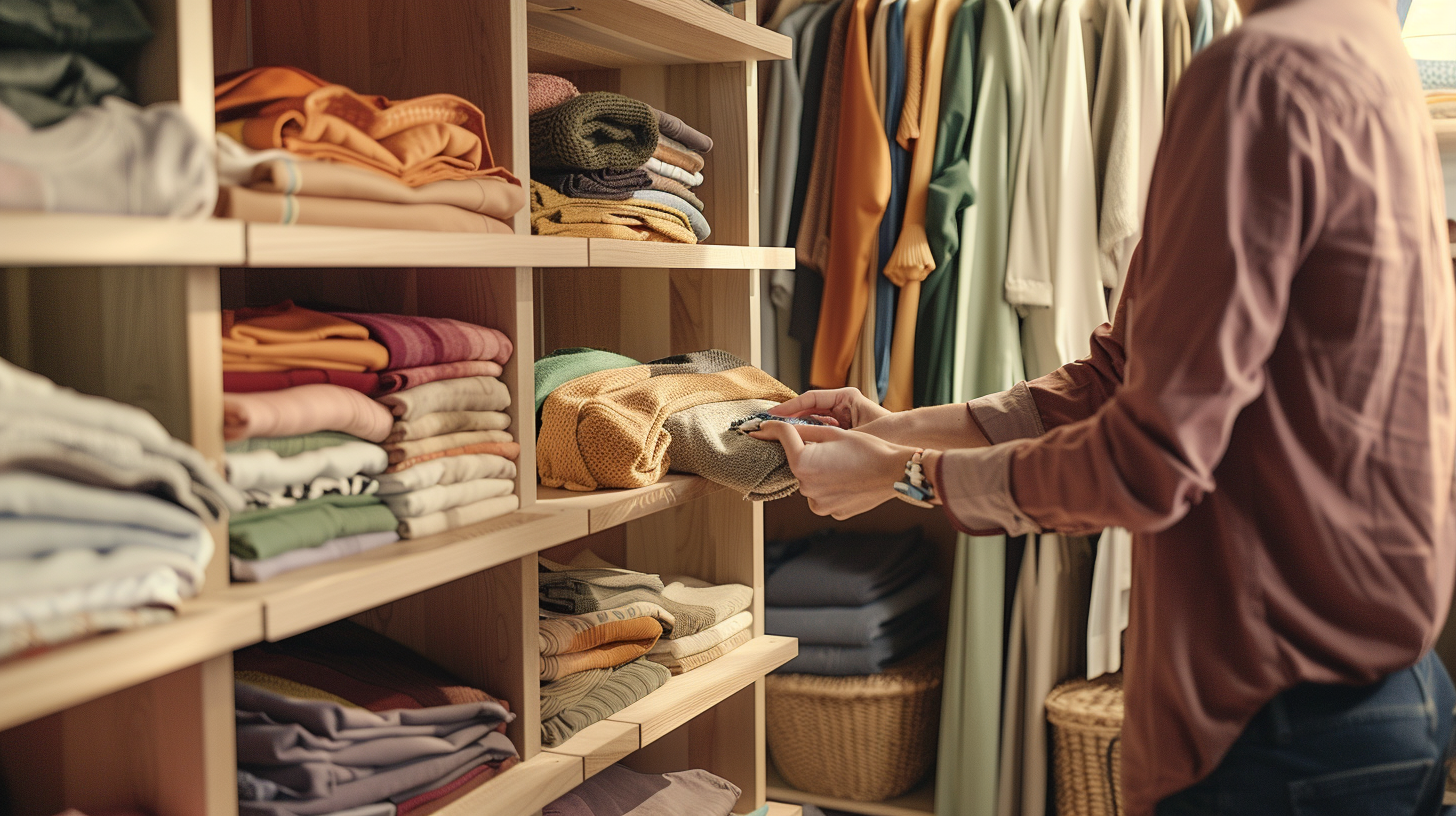
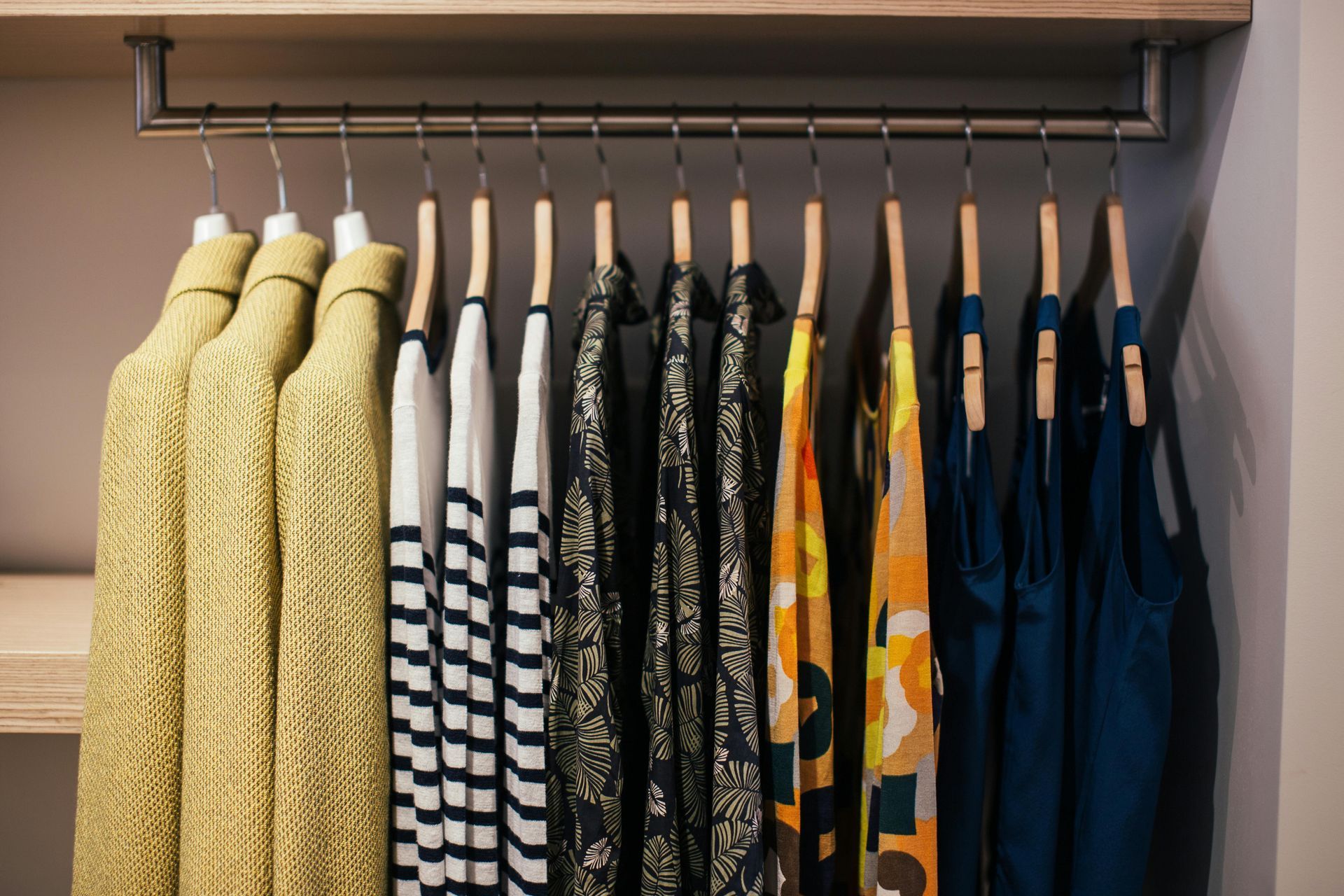
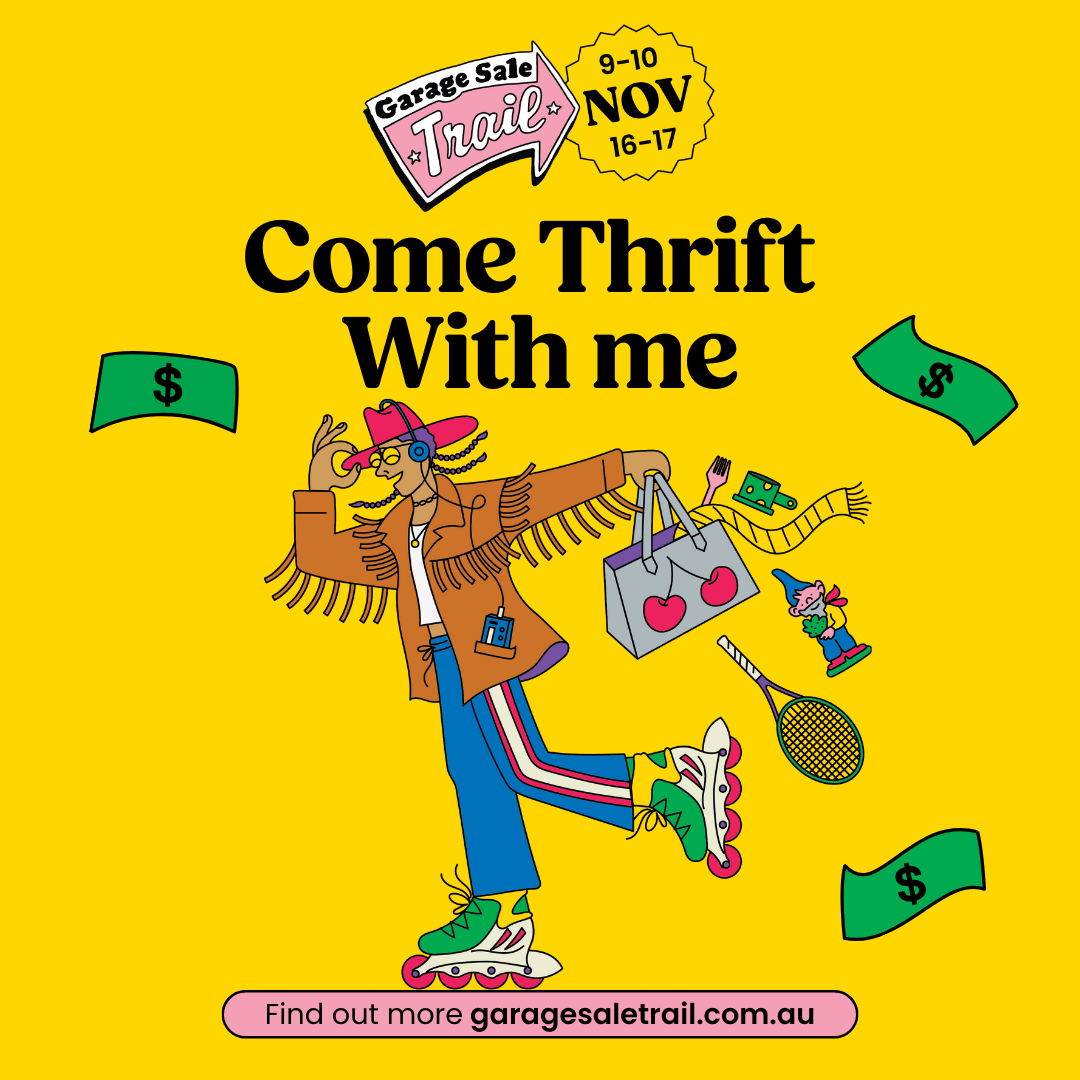
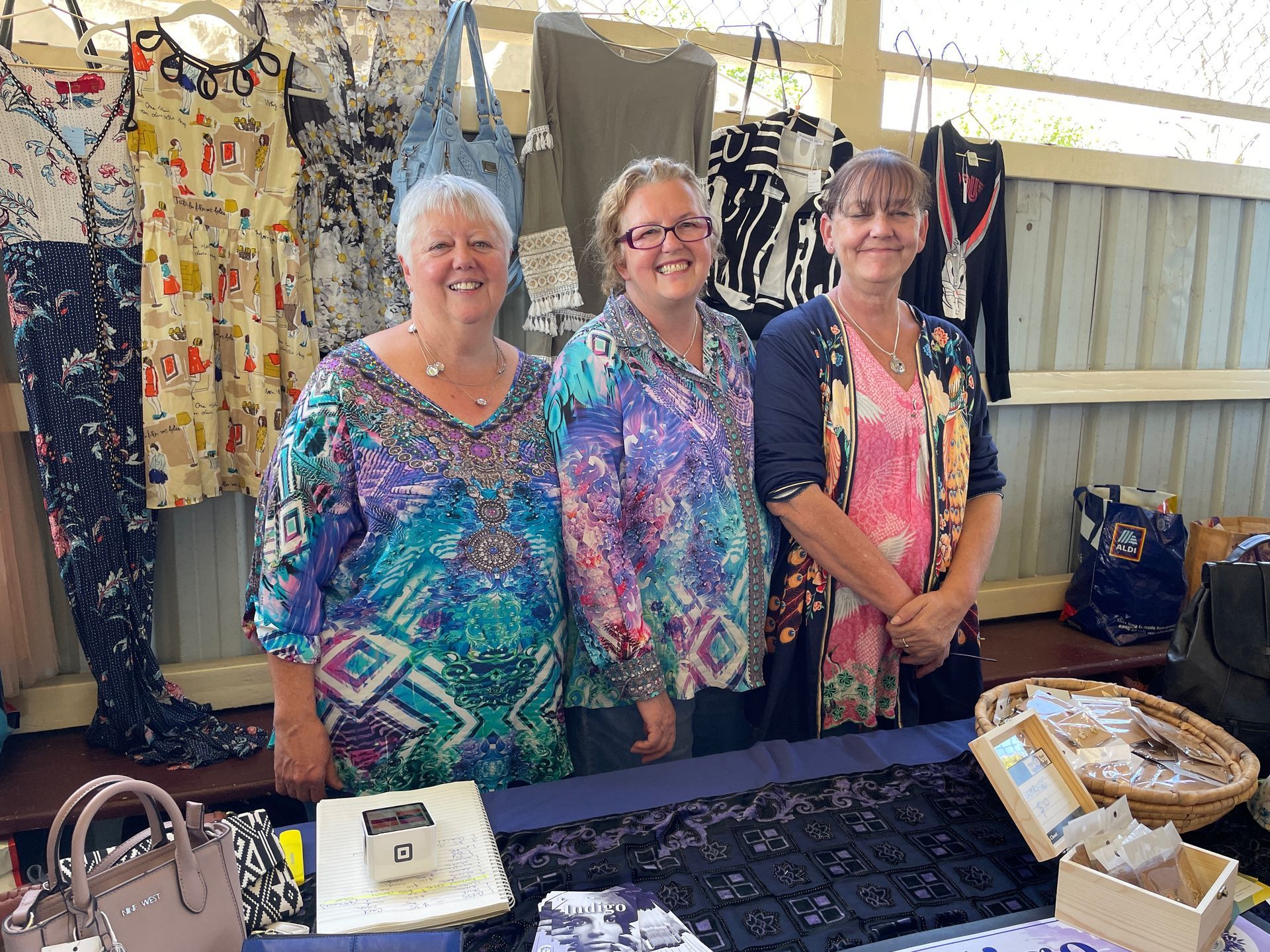
Indigo Closet at the Living Smart Festival: Celebrating Sustainable Fashion and the Circular Economy
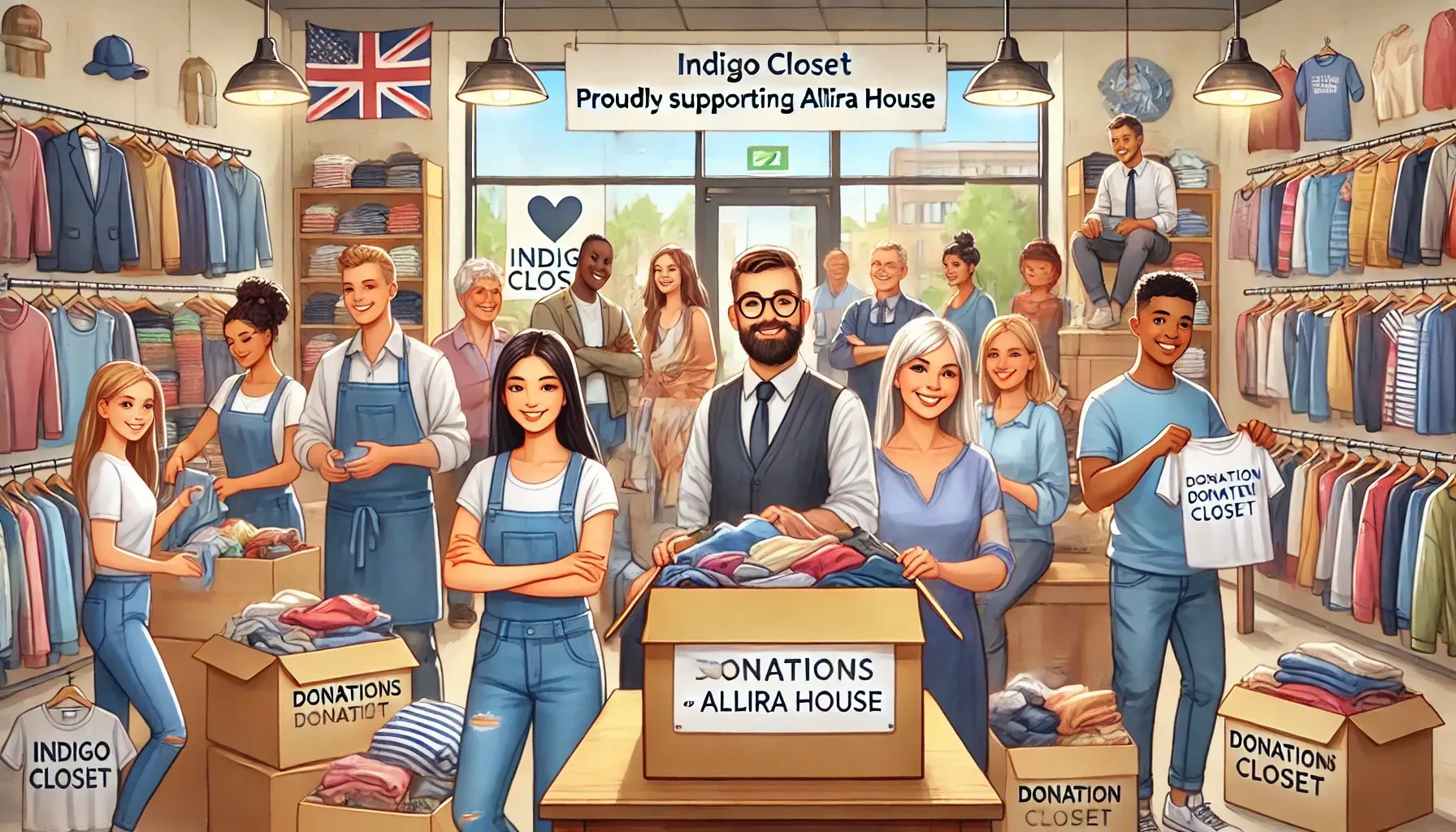
SHOP HOURS
Monday ~ Closed
Tuesday ~ 10:00 am ~ 2:00 pm
Wednesday ~ 10:00 am ~ 2:00 pm
Thursday 10:00 am ~ 2:00 pm
Friday 10:00 am ~ 2:00 pm
Saturday 10:00 am ~ 2:00 pm
Sunday 10:00 am ~ 2:00 pm
